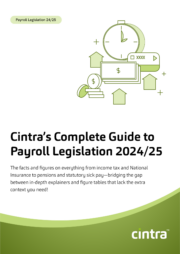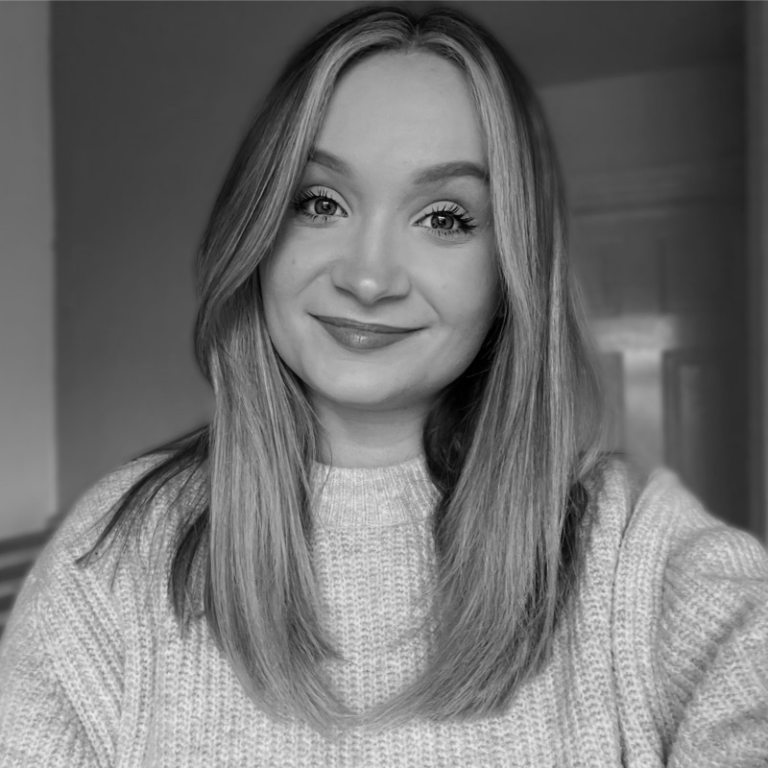You’re under pressure at work, deadlines are looming and the team is working to capacity. And then a member of the team falls ill and has to take sick leave.
It’s a difficult time. You need to be agile. The team will need re-organising. You may have to hire a temp. And it’s all too easy to forget the poor colleague who has fallen unwell.
This short overview of Statutory Sick Pay (SSP) should tell you all you need to know about your obligations as an employer.
What are your obligations as an employer?
Legally, for the year 2025/26, the SSP weekly rate is £118.75 for every qualifying employee. That’s before tax and NI deductions. You are obliged to keep paying it for up to 28 weeks of an employee’s absence.
It’s payable from the fourth qualifying day of their absence, irrespective of weekends.
Here’s an example:
Sarah calls-in sick on a Monday. She doesn’t return to work until the following Tuesday.
You start paying SSP from the Thursday (Sarah’s fourth qualifying day) and continue to pay it on Friday and Monday.
Who Qualifies for Statutory Sick Pay (SSP)?
Everyone in your organisation who is classed as an employee with an up-to-date contract who is earning £125 per week or more.
How do they qualify for SSP?
They need to be absent sick from work for at least four consecutive days (including non-working days). The first three are categorised as ‘waiting’ days and not eligible for SSP.
If one of your team comes into work for a single minute on any day before going home sick, it doesn’t count.
What’s the difference between Statutory Sick Pay (SSP) and Contractual Sick Pay (CSP)?
SSP is the norm and effects most employees who are absent ill.
Contractual sick pay refers to an employee’s specific entitlement as set-out in their contract. If it isn’t there, you revert to the default SSP arrangements.
As an employer, you cannot offer less than SSP but you can offer more! Some workers are guaranteed their normal salary. In that case, you need not pay SSP. Others are guaranteed their normal salary less the amount of statutory sick pay.
When and what proof do you need to receive from an absent colleague?
Contractually this can vary but typically:
In the first seven days of absence an employee can self-certify their absence in any of four ways:
- A form you provide
- Form SC2 (Employee’s Statement of Sickness) from their doctor’s surgery or website
- A letter – with the postmark evidence of the date they informed you
- A phone call
From day eight onwards you can request a ‘fit note’. This can be certified by doctors, nurses, occupational therapists, pharmacists & physiotherapists. Even if that proof is late, you are legally obliged to provide SSP.
Easing the burden of SSP
At Cintra, we get how frustrating managing SSP can be. That’s why we’ve built a variety of tools into our payroll and HR software to help you ease the burden and deliver SSP right, every time.
That includes features like:
- Employee self-service sickness absence, so your people can log their own sick days in our self-service portal.
- Statutory rates included in our payroll software as standard, so SSP is calculated for you automatically.
- Automated payslip creation, where SSP is outlined clearly for everyone receiving it.
Regardless of your set-up, Cintra is flexible and scalable to the way you deliver pay to your teams, transforming the complex and time-consuming life of payroll and HR, helping HR teams and managers focus their efforts elsewhere—while making sickness and SSP simple for your team members too. Book a demo to see it in action.

Payroll Legislation Guide
The facts, figures, thresholds and allowances for 2024/25 spanning tax, National Insurance, pensions, statutory payments and more.
Download now


